The difference between container transportation and carriage in bulk
80% of international trade is provided by sea transportation. Container shipping was widespread in the 1950s due to its standardization and became an effective and popular type of delivery among shippers.
It allows to perform uninterrupted delivery of goods from the shipper to the consignee, thereby significantly reducing the volume of intermediate transshipment operations.
It allows to perform uninterrupted delivery of goods from the shipper to the consignee, thereby significantly reducing the volume of intermediate transshipment operations.
Advantages over other types of shipping
The shipment of small piece goods is accelerated, since the shipper simply places a multitude of different small loads (for example, clothes and shoes) in one container directly with which work is already being done, thereby increasing the productivity of labor for loading and discharging operations in several times. ISO-containers used worldwide have standardized sizes, which allow the creation of specialized transport for their transportation (container trucks), as well as for handling (for example, a reach stacker). At the same time, the unified arrangement of fixators - fittings, - allows to avoid work on securing containers on a vehicle, or significantly reduce it. Reduction of loading and unloading time in turn reduces the transport downtime. No need to create tare for each consignment of cargoes, as well as its securing on the vehicle, which gives significant savings to timber, fastenings (nails) and other material resources. Ability to enable intermodal transport: container can be immediately loaded from one type of transport to another (for example, from truck to a rail platform.) For relatively large quantities of goods, which are very diverse, it is much more advantageous to use a certain number of containers than to transport cargo on board the vessel. Before the beginning of containerization, general cargoes were transported separately on board ships. The basic goods are divided into groups, which can be easily loaded using the appropriate equipment in the port. As a rule, they are placed on pallets, but they can also be loaded separately in barrels, boxes, crates or sacks. Loading / unloading for general cargoes are separately more labor-consuming and longer than for a container. With coming of containers, the process of transporting this type of goods was really optimized.
Temperature sensitive goods are transported in refrigerated containers. There are also specialized solutions for oversized, heavy, liquid, loose and other loads, and almost all of this - in standard sizes of 20 and 40-foot containers. Thus, container transportation is very relevant for trading companies, whose international business is built on regular shipments.
Podcast
Temperature sensitive goods are transported in refrigerated containers. There are also specialized solutions for oversized, heavy, liquid, loose and other loads, and almost all of this - in standard sizes of 20 and 40-foot containers. Thus, container transportation is very relevant for trading companies, whose international business is built on regular shipments.
Podcast
